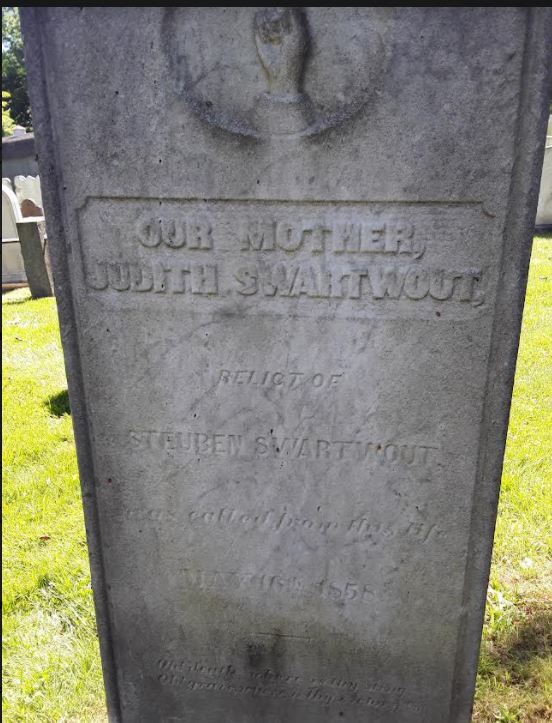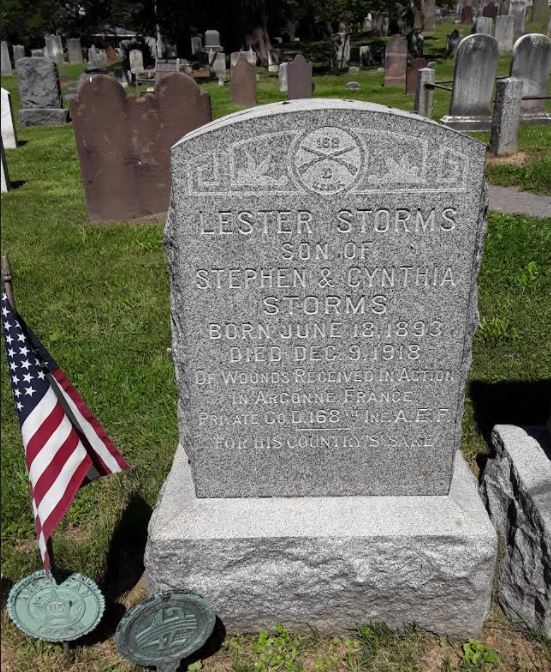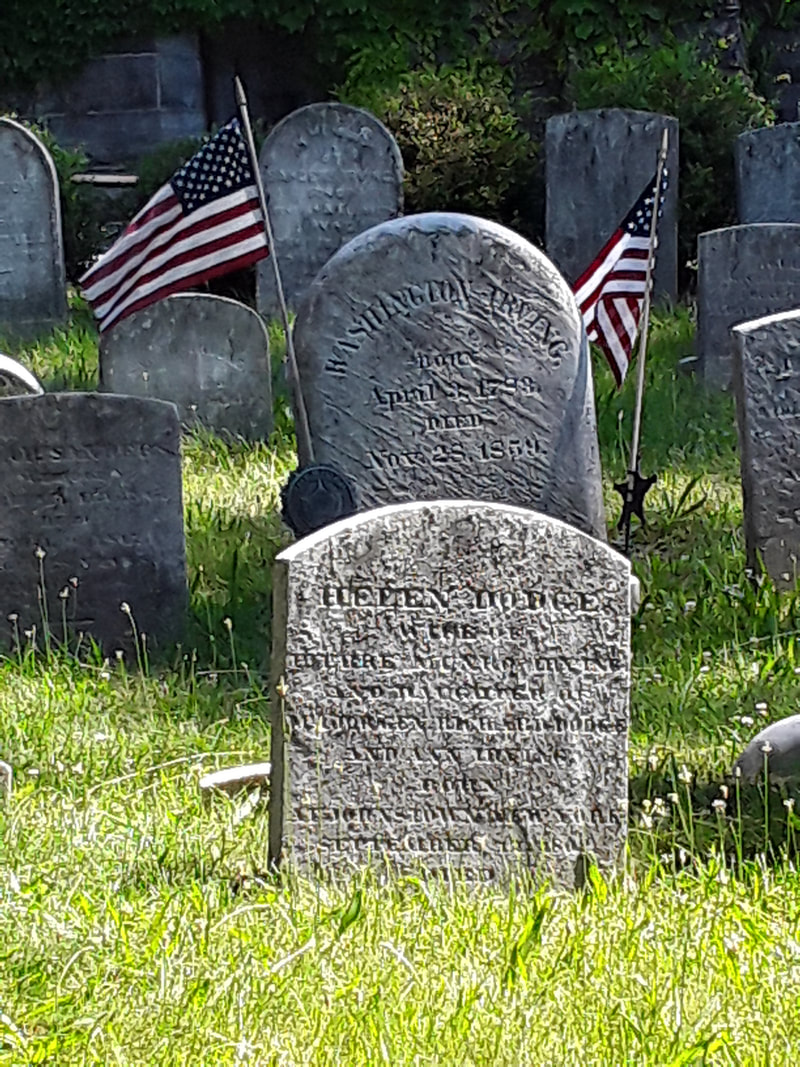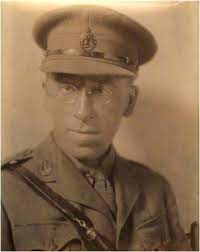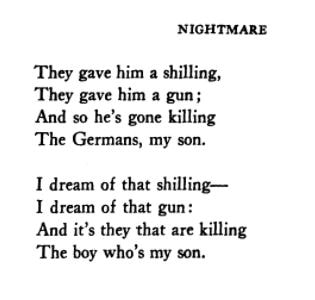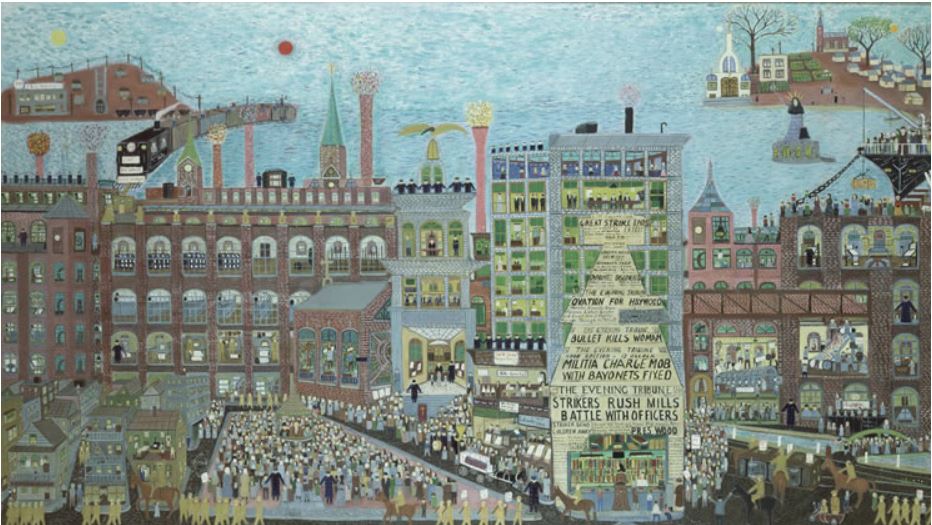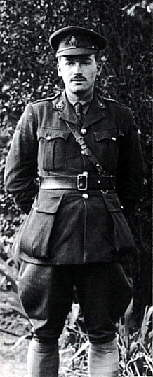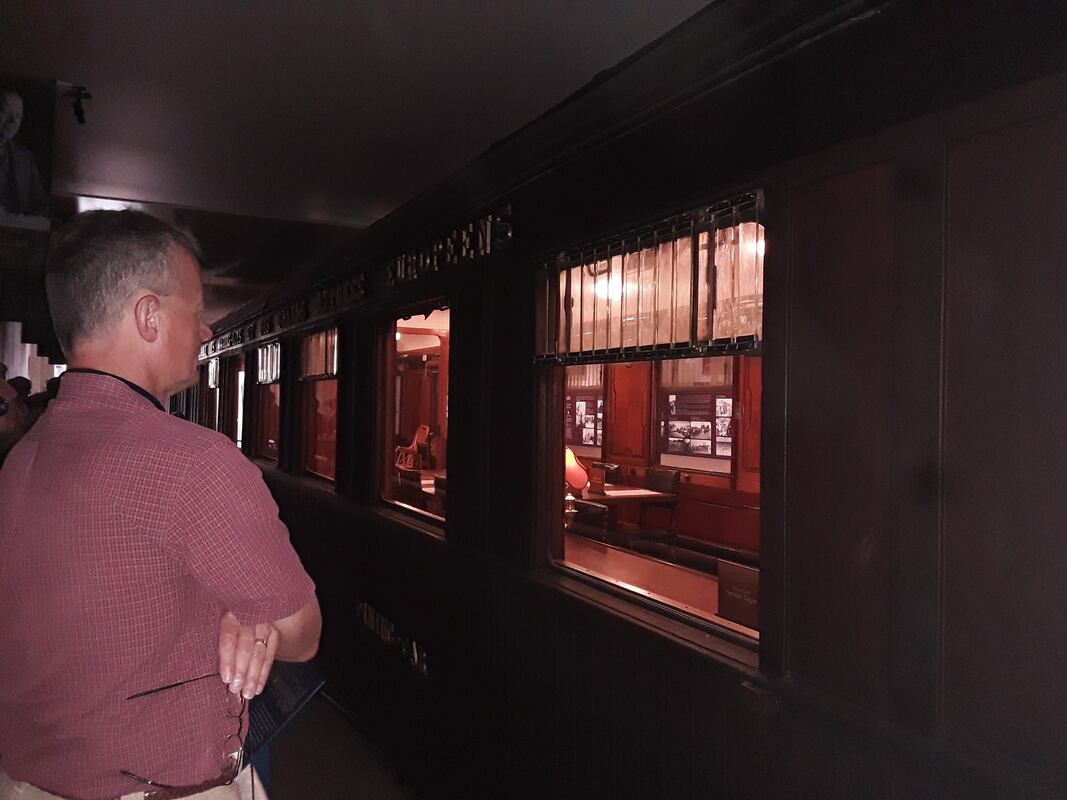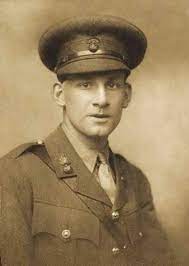
The Old Dutch Church was built somewhere around 1685 by settlers to the area when it was still under Dutch control, and New York was still New Amsterdam. The church is part of the Lutheran branch of Christianity, and still has services.

I love cemeteries, especially old ones. The tombstones tell so many stories. This tombstone has the names of three children, Cornelius, Jacob and Catalyia, who all died on September 24, 1794.


While the story may be fiction, Irving set it firmly within the real place he lived. The cemetery was filled with Van Tassels. This stone is written in Dutch, but others were in English. It’s clear that this was a prominent family in the community.
| | The stream that is part of the story still exists as a little rill that runs right past the church, but the covered bridge is gone, replaced in more recent times by this concrete one. |
Wishing all of my readers a safe Halloween!
Jennifer Bohnhoff writes historical fiction. To learn more about her and her books, go to her website.
